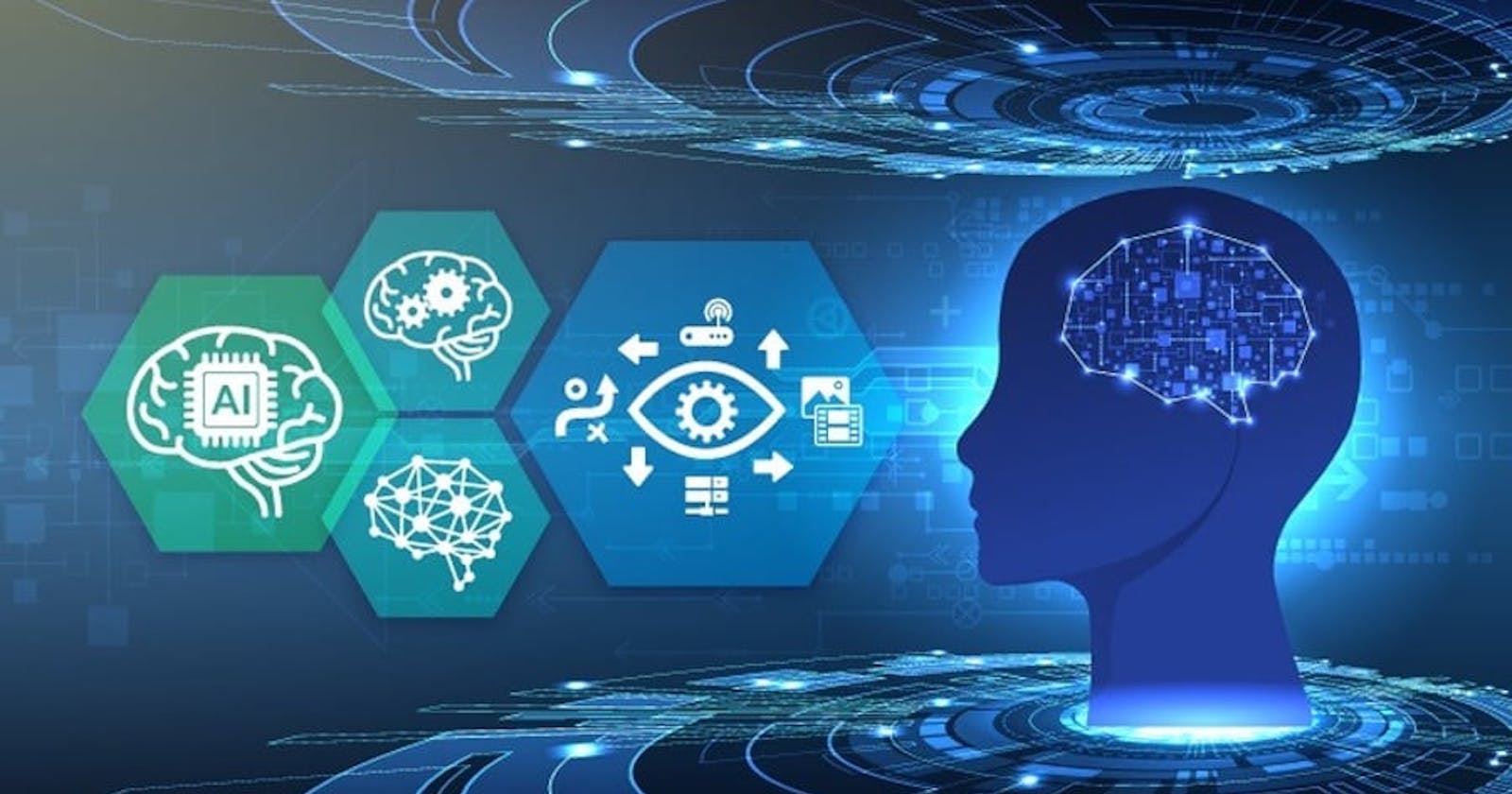Table of contents
No headings in the article.
Computer Vision: Understanding the Visual World with Deep Learning
Computer Vision is a dynamic field of Artificial Intelligence (AI) that empowers machines to comprehend and interpret the visual world. It leverages digital images and advanced deep-learning models to perform complex tasks, such as object recognition, image classification, and scene understanding.
The Power of Deep Learning and Convolutional Neural Networks (CNN)
At the heart of Computer Vision lies the power of deep learning, which enables computers to learn from vast datasets and improve their ability to recognize patterns and features within images. Among the most potent tools in this domain are Convolutional Neural Networks (CNNs). These specialized neural networks are designed to process visual data and are capable of automatically learning hierarchical features from images.
CNNs revolutionized the field by breaking down images into smaller sections and performing convolutions, which extract relevant features. This process allows the system to identify edges, textures, and other visual elements essential for accurate object recognition. By leveraging the vast amounts of training data, these networks can achieve impressive levels of accuracy, even surpassing human capabilities in certain tasks.
The Role of Data: Fueling the Computer Vision Engine
Data is the lifeblood of any computer vision system. To build robust and accurate models, vast amounts of labeled training data are required. This data encompasses millions of annotated images representing various objects, scenes, and scenarios. This extensive dataset feeds the learning process and enables the system to generalize and recognize objects in real-world situations.
Handling the Tremendous Data Flow
The amount of data being generated every day is staggering, approximately 2.5 quintillion bytes. To put that into perspective, a typical personal computer might have a 1TB hard drive, but this daily data volume is equivalent to 1 million TB! Handling such an immense flow of data has been a driving factor for the growth of computer vision.
Deep Learning for Visual Recognition
One of the challenges in computer vision is enabling machines to differentiate between different objects accurately. For instance, distinguishing between similar objects like different breeds of dogs or car models requires a high level of precision. Deep learning and CNNs play a vital role here by providing a framework for training the system with vast datasets. Instead of explicitly programming rules for identifying each object's features, the system learns to recognize patterns by itself, much like how the human brain works with experience.
Expanding Applications and Market Growth
The applications of computer vision are diverse and rapidly expanding. Industries such as Medical, Education, Defense, Agriculture, and Robotics have adopted computer vision technologies to improve diagnosis, enhance educational experiences, enhance security, automate tasks, and optimize processes.
According to market estimates, the computer vision market is expected to grow to a staggering $41.11 billion by 2030. The increasing need for automation, enhanced surveillance, and data-driven decision-making are driving this exponential growth.
Challenges and Future Prospects
Despite the incredible progress in computer vision, there are still challenges to overcome. Handling occlusions, variations in lighting conditions, and the need for vast amounts of labeled data are among the hurdles researchers face. However, advancements in unsupervised learning and self-supervised techniques show promising potential for addressing these issues.
As we move forward, computer vision will continue to reshape industries and revolutionize the way we interact with machines. Its applications will extend beyond the realm of research labs and tech giants, permeating various sectors, including healthcare, agriculture, and entertainment, enhancing our lives in ways we are only beginning to comprehend.
Conclusion
Computer Vision is a captivating domain, merging the art of understanding images with the science of deep learning. Its applications are far-reaching, and the insights gained from this field are driving innovations across industries. As technology progresses, we can anticipate that computer vision will play an increasingly vital role in shaping our AI-driven world.
